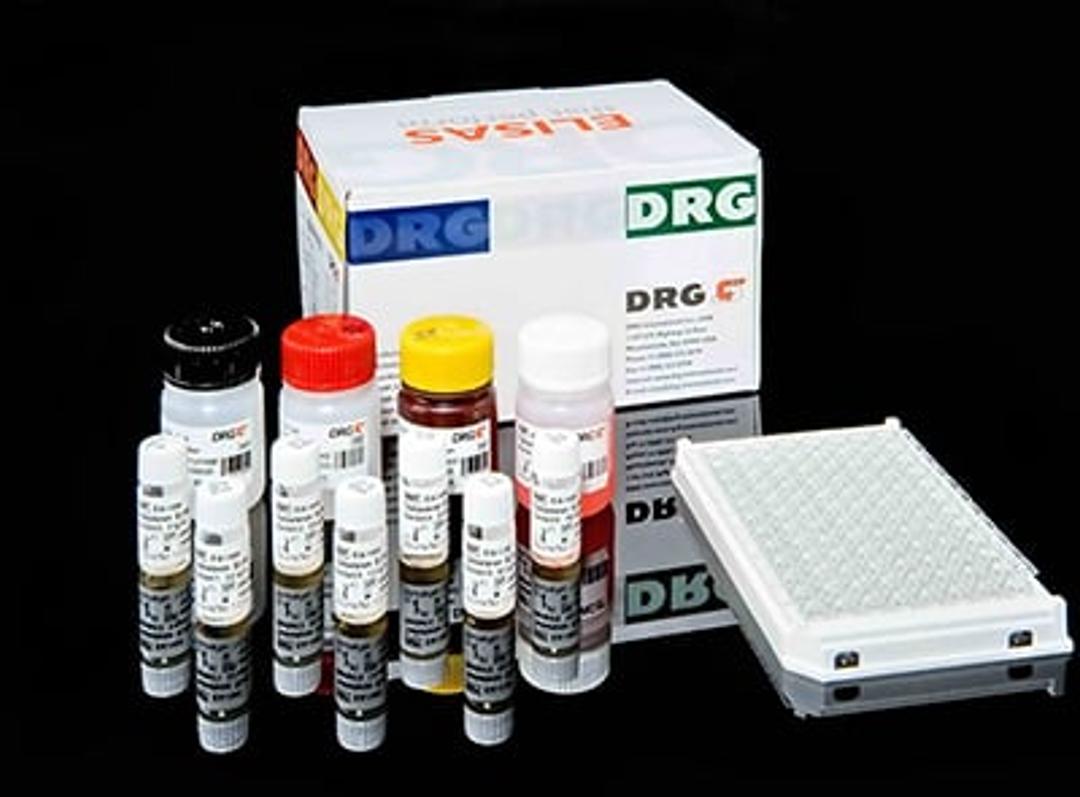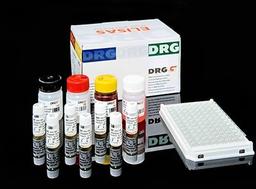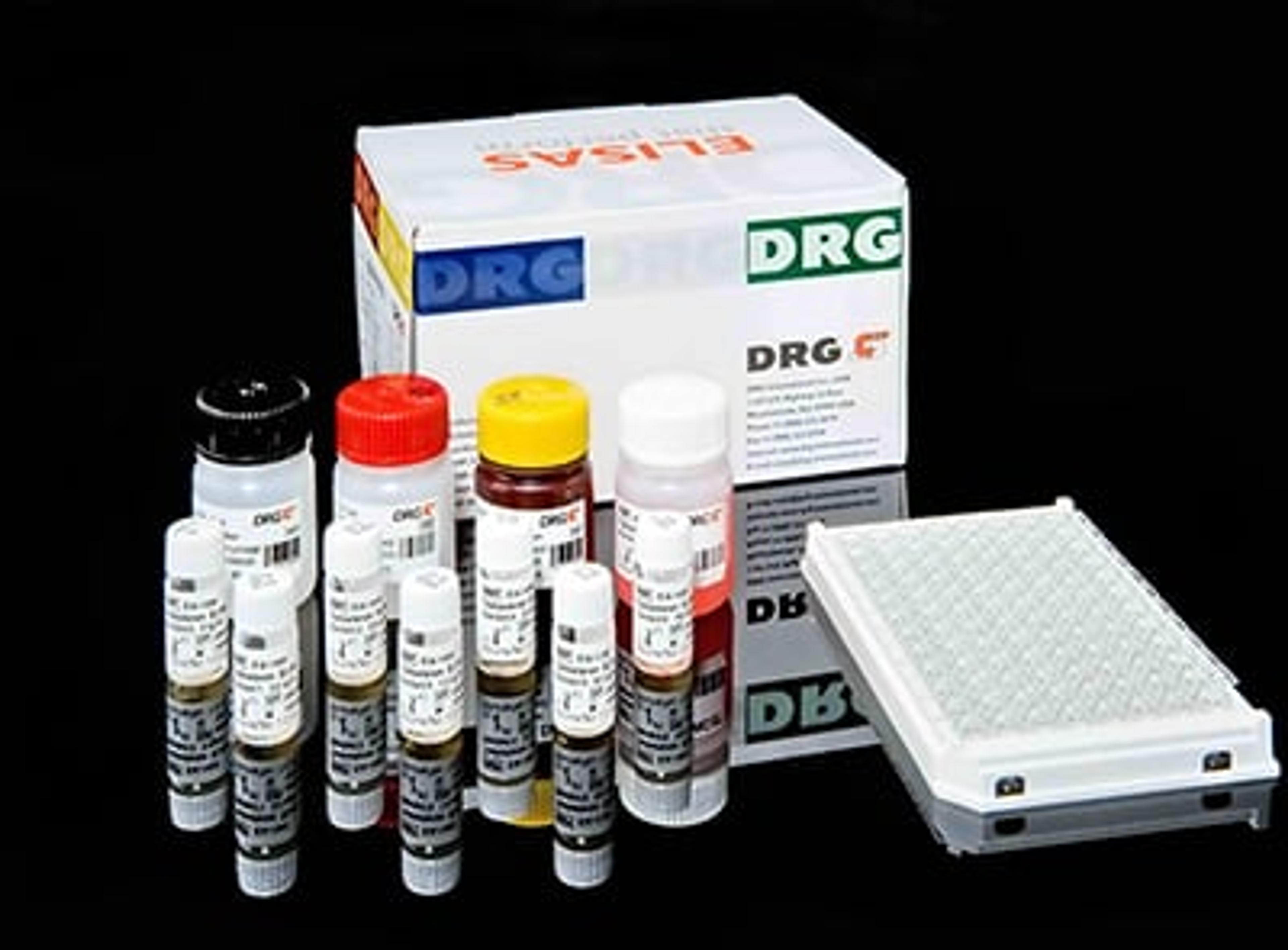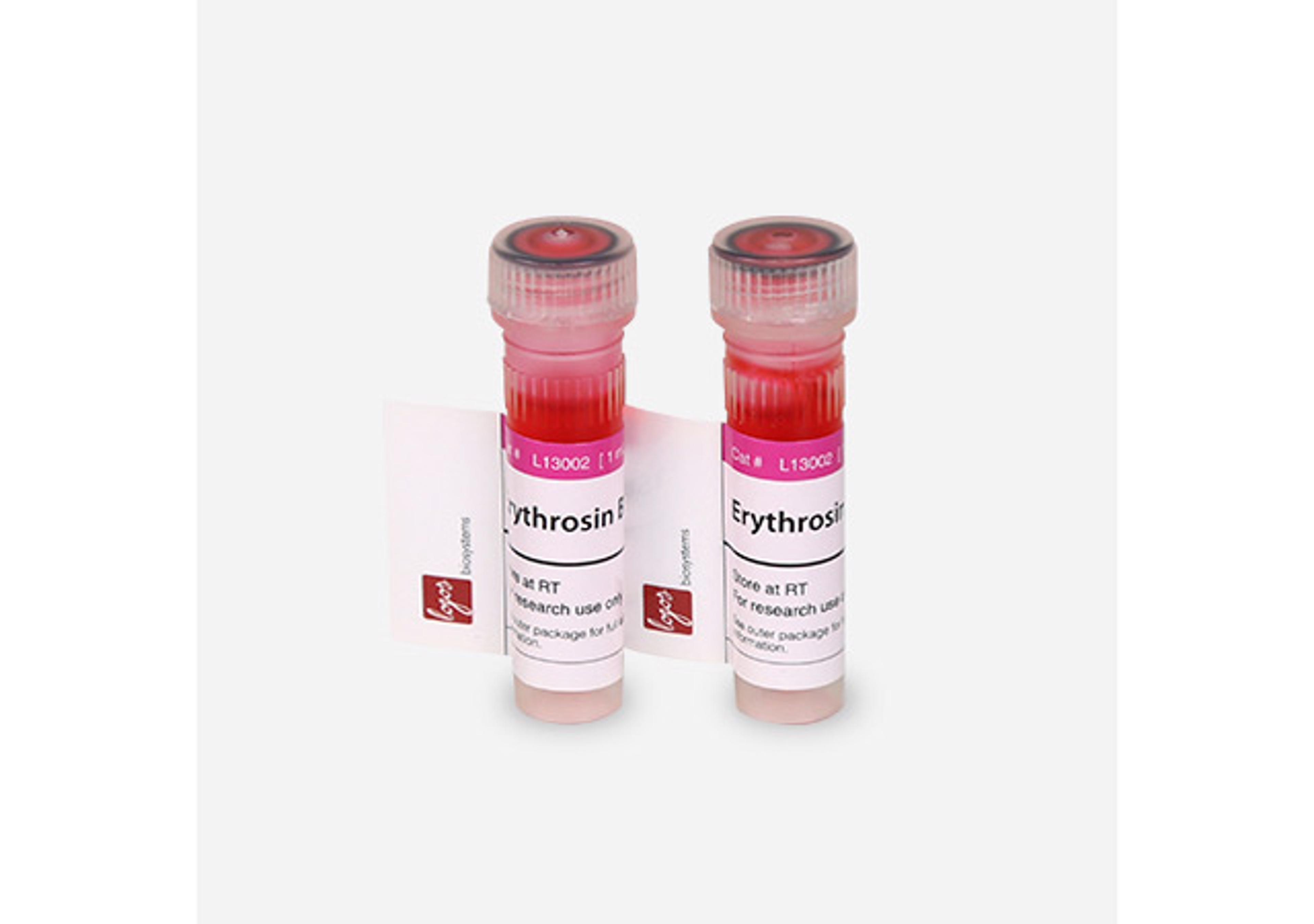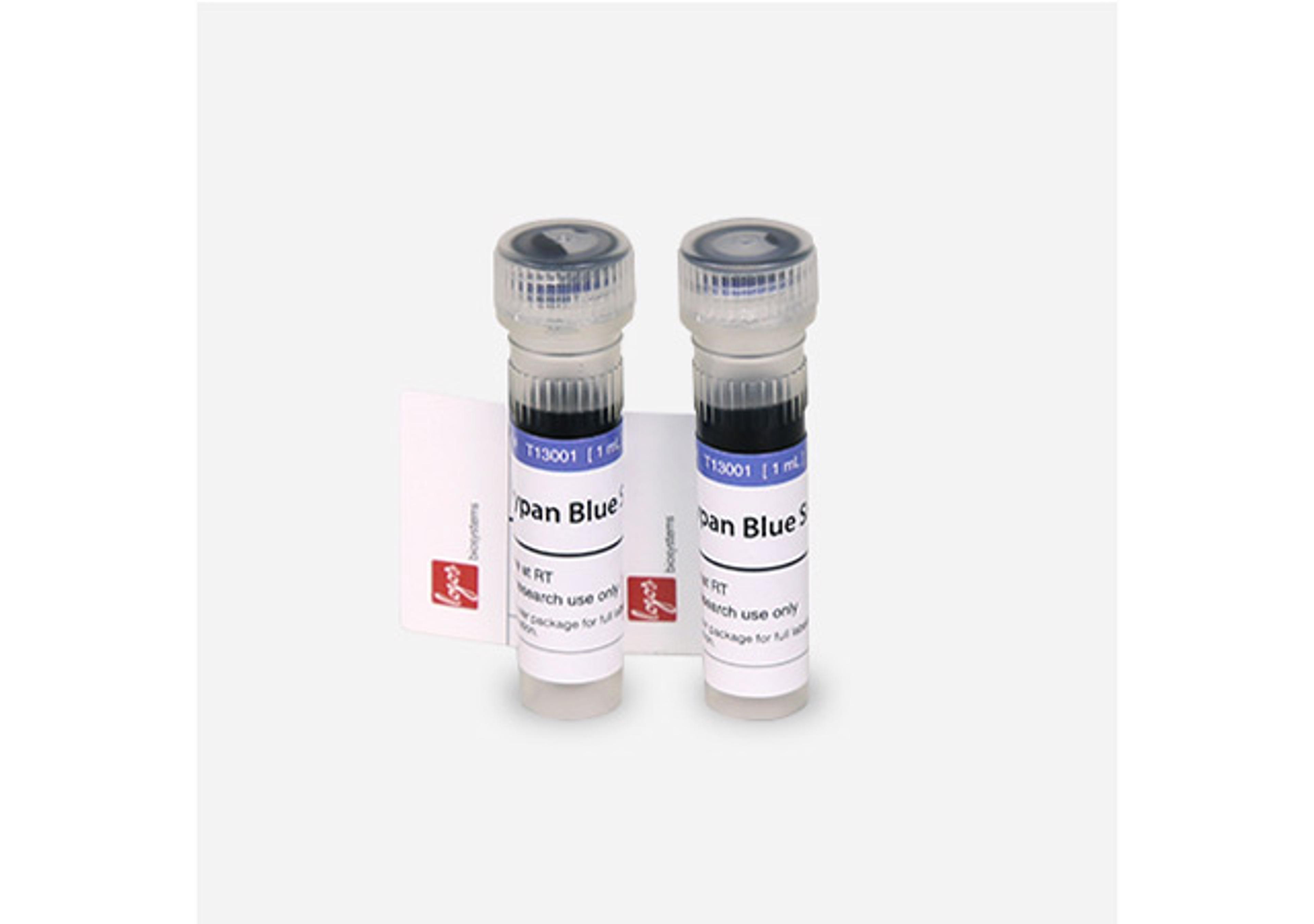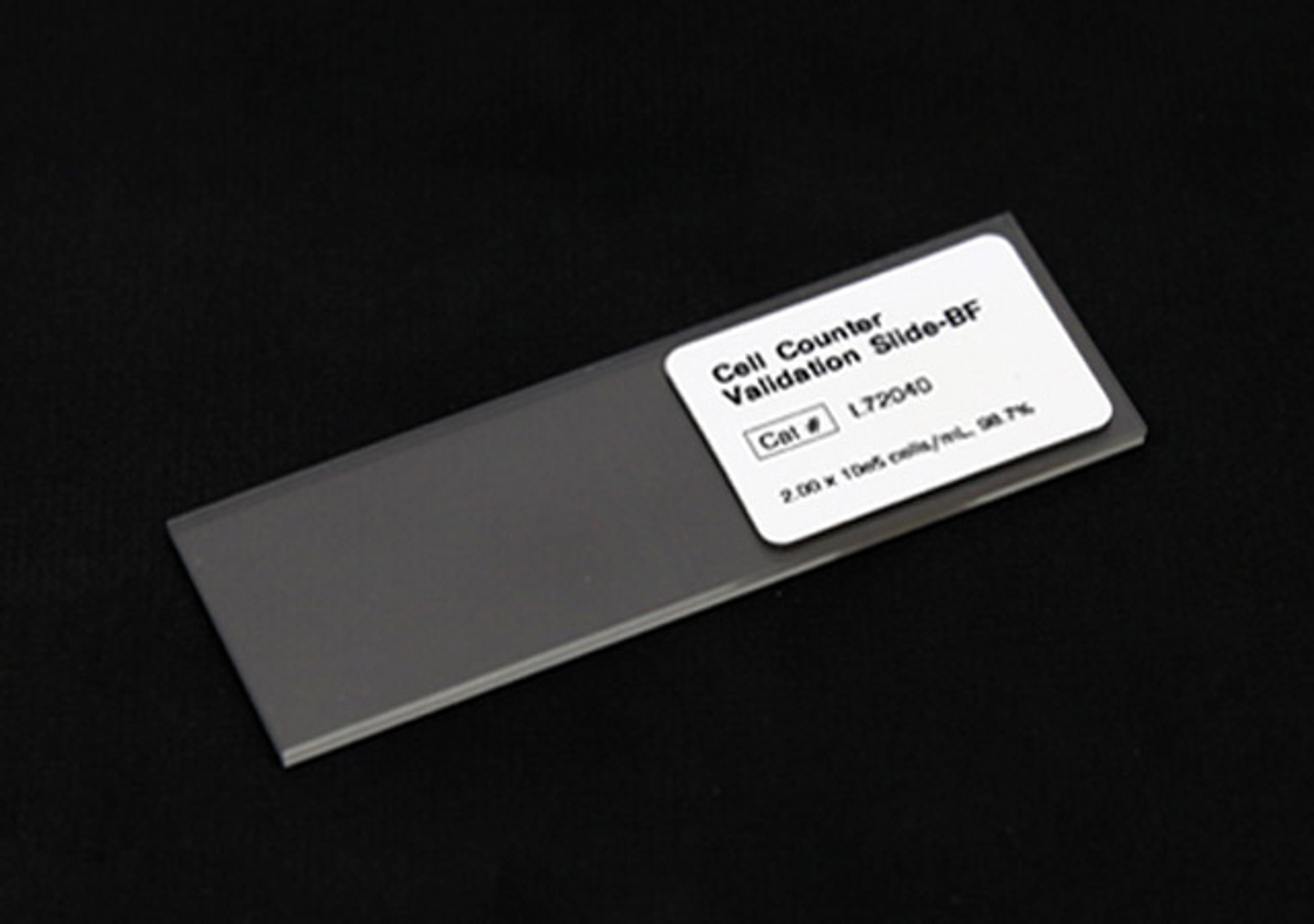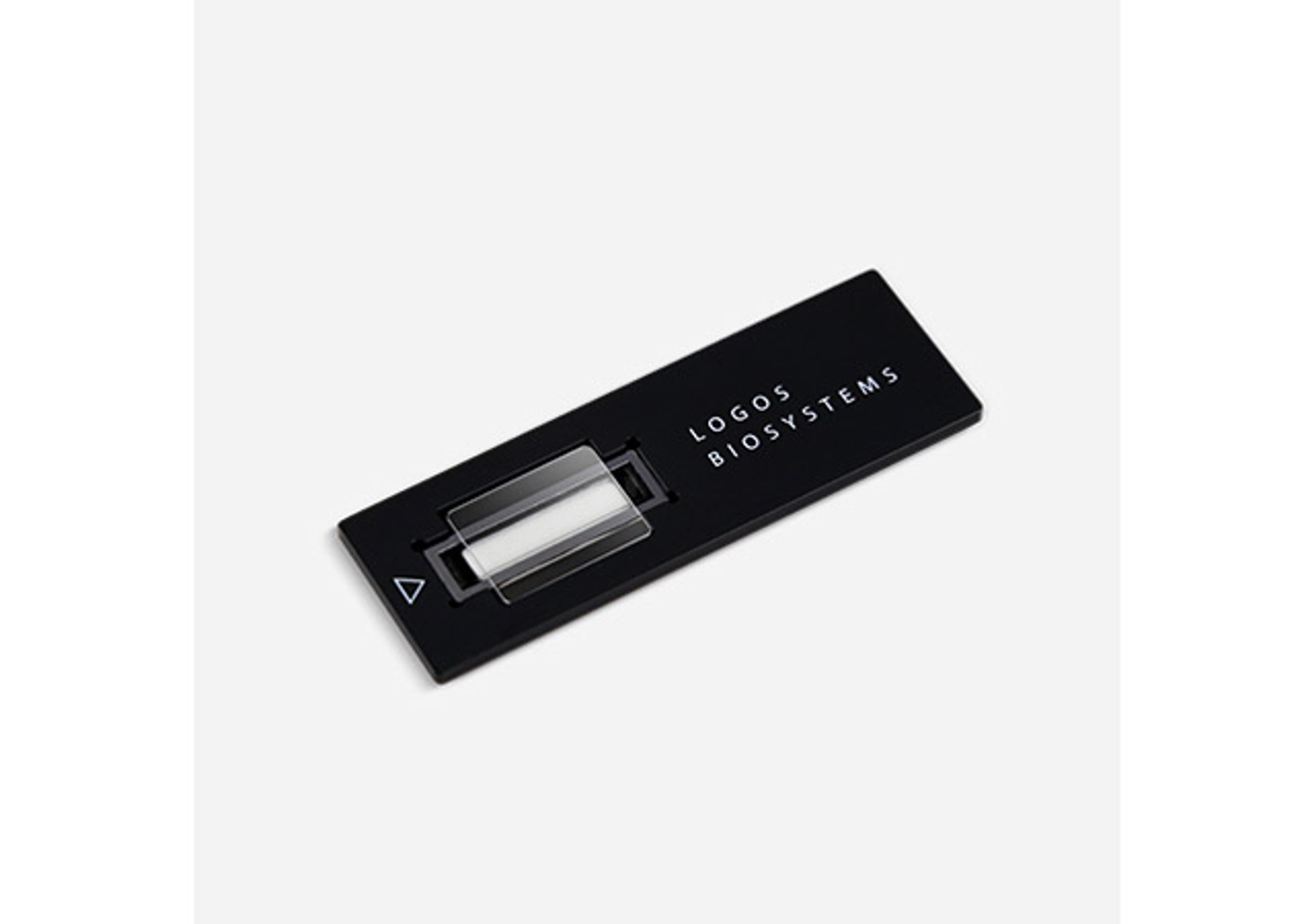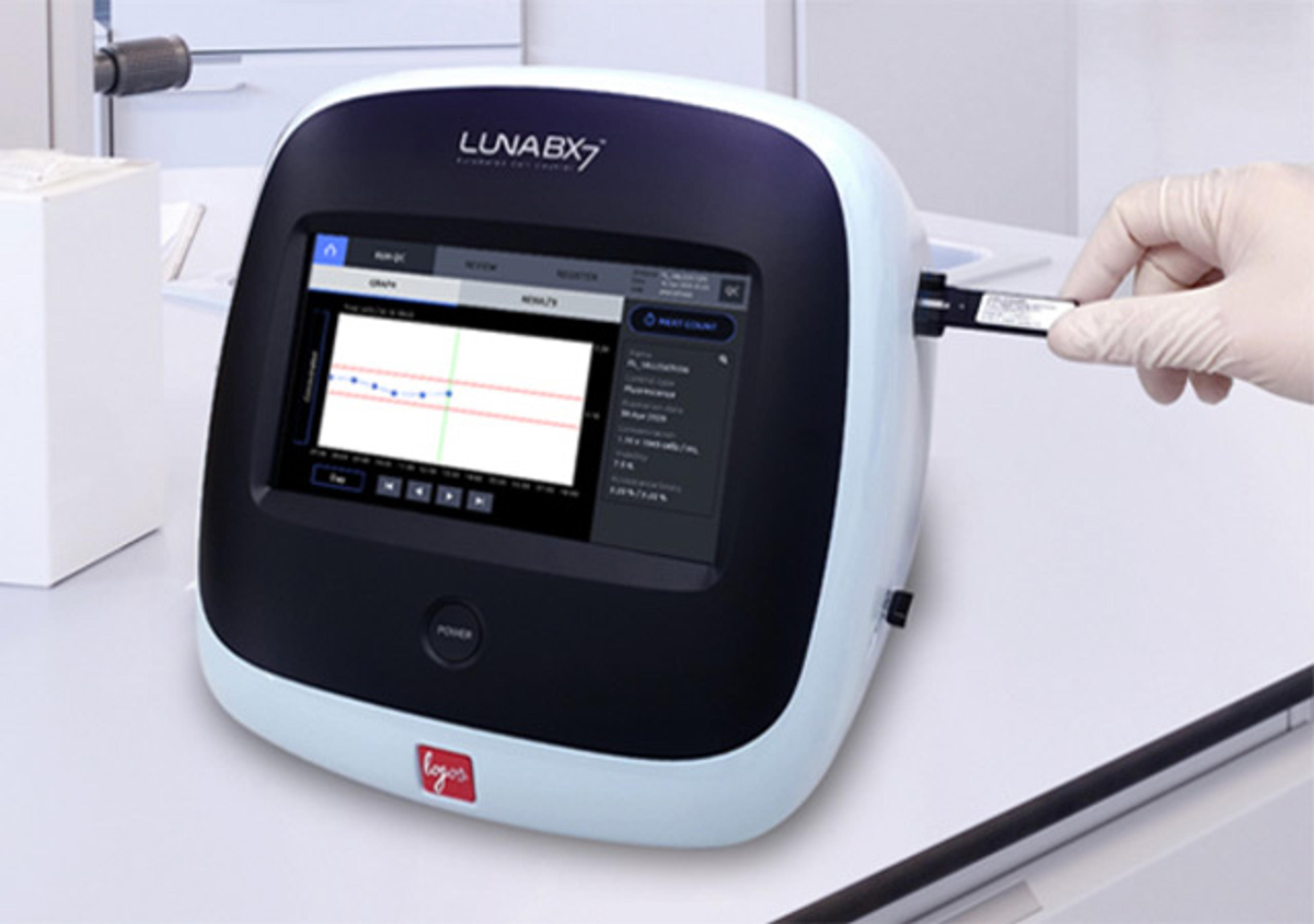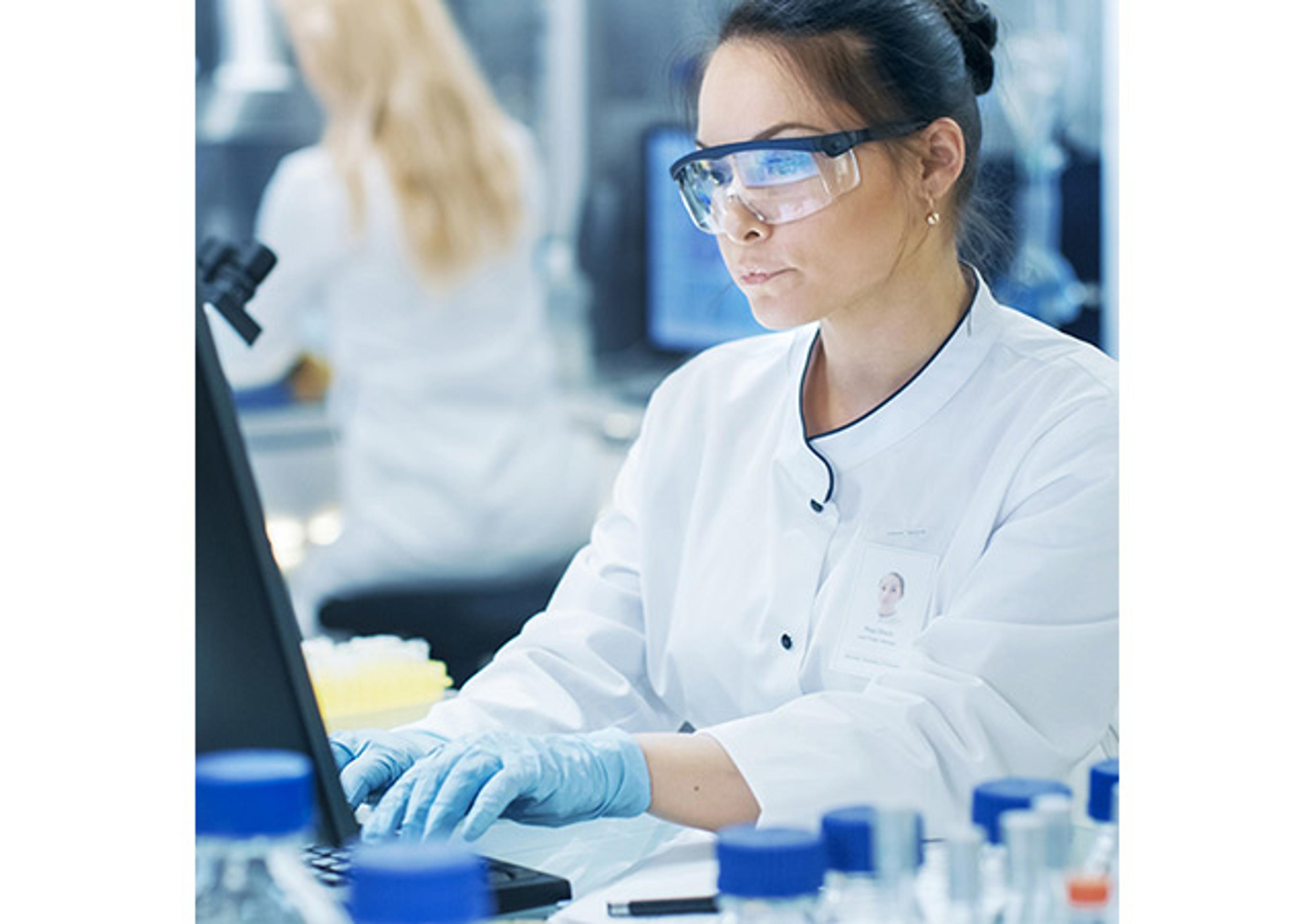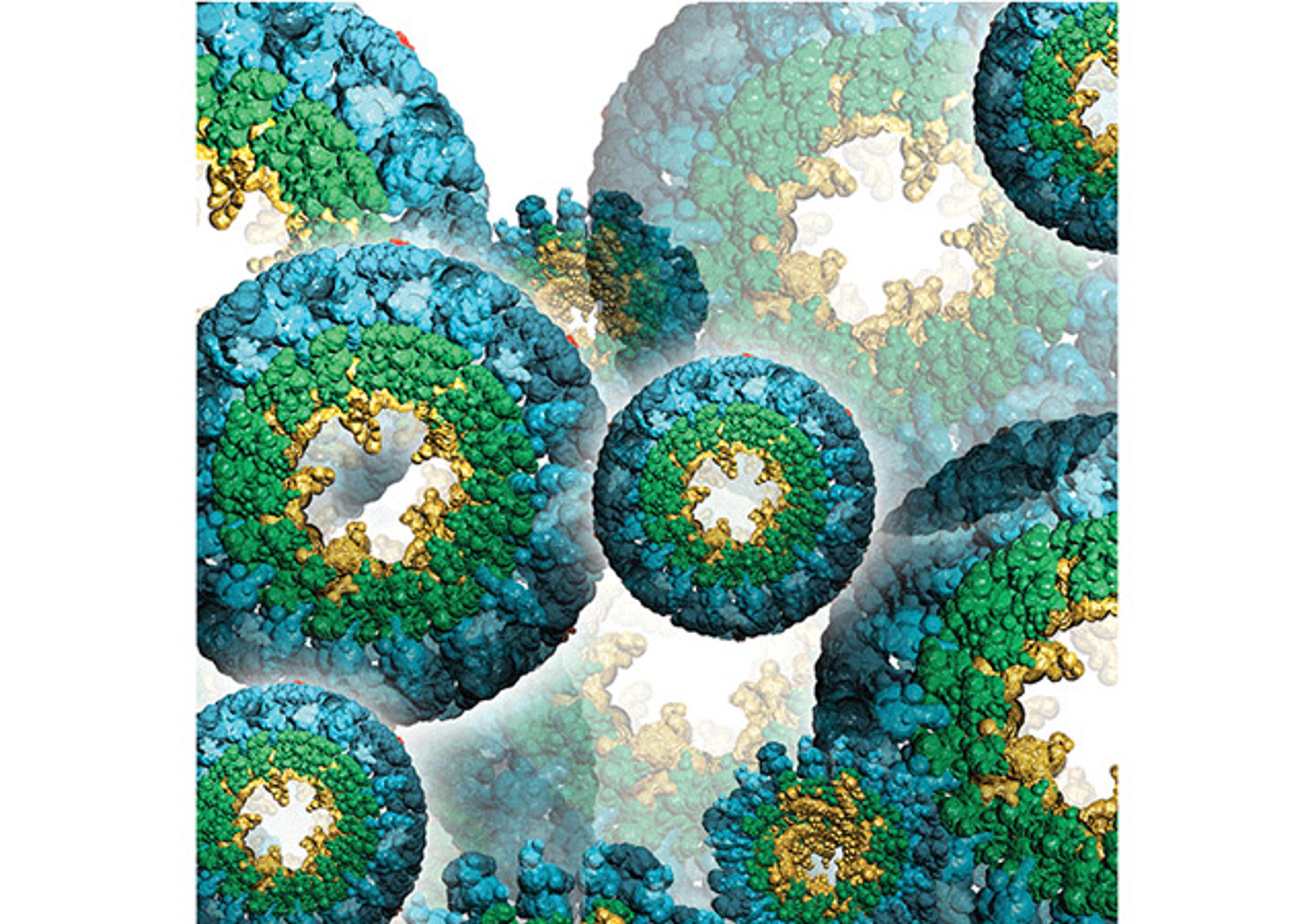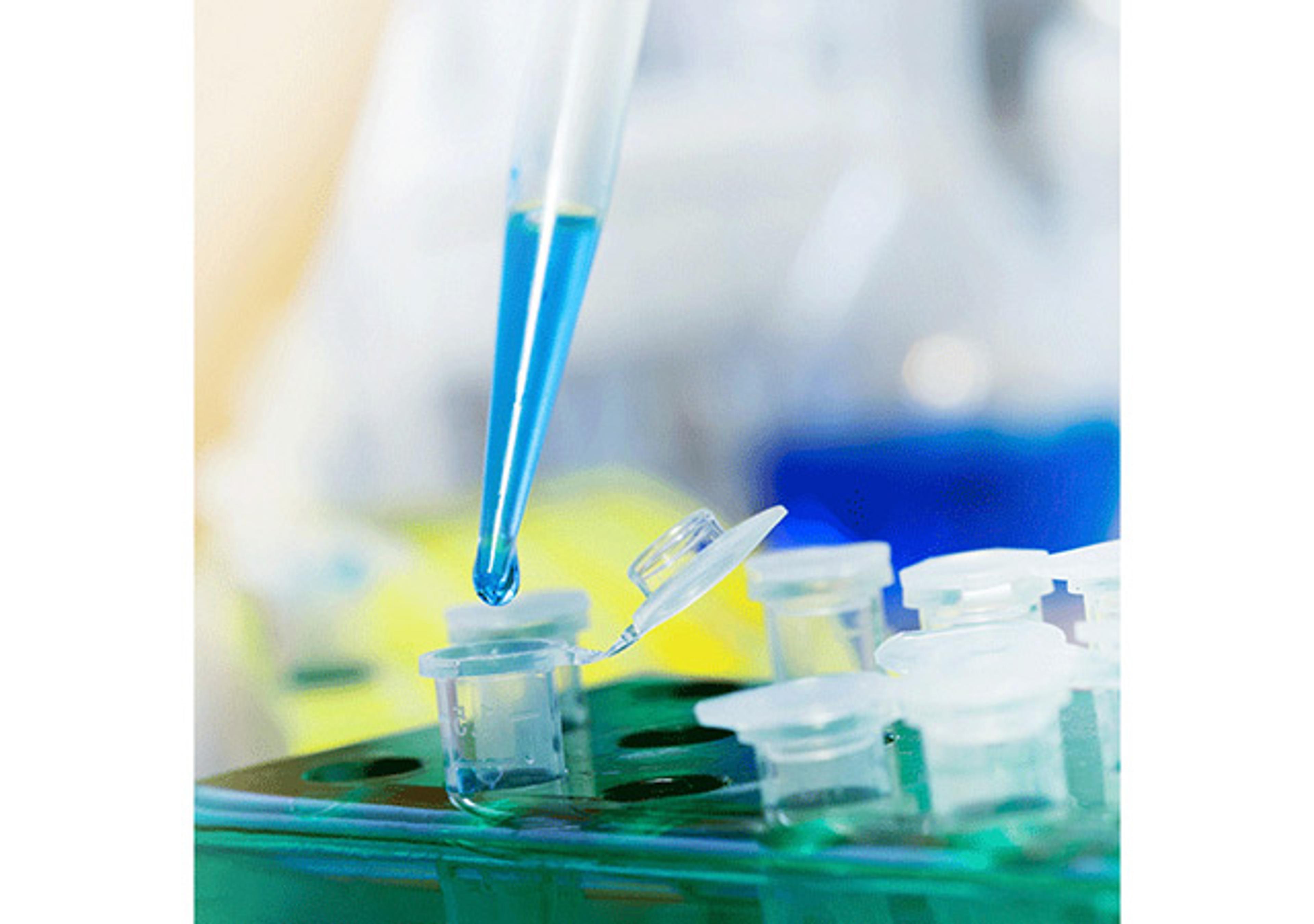PAP ELISA
High Quality Assays with Reproducible and Reliable Results

The supplier does not provide quotations for this product through SelectScience. You can search for similar products in our Product Directory.
An enzyme immunoassay for the quantitative measurement of plasmin-Alpha2-antiplasmin complex (PAP) in plasma. The removal of polymerized fibrin from the vascular system by proteolytic degradation (fibrinolysis) is important for maintaining the haemostatic balance. The key enzyme of the fibrinolytic system is plasmin. Besides its fibrinolytic function in the plasma, plasmin also plays a central role in the activation of degenerative (e. g. collagenases) and inflammatory(e. g. complement system) processes in the tissue. Defects or deficiencies in a component of the fibrinolytic system can lead to thromboembolic diseases. Conversely, hyperfibrinolytic states increase the risk of haemorrhage through accelerated degradation of the fibrinogen. Plasmin is effectively bound in the plasma by its inhibitor Alpha2-antiplasmin, forming the plasmin-Alpha2-antiplasmin complex (PAP). The plasma PAP concentration is thus a measure of the current activity of the fibrinolytic system. Elevated PAP concentrations have beenreported in patients with DIC. An increase in PAP concentrations has also been observed during fibrinolytic therapies. Due to the complement and collagenase activating functions of plasmin, PAP has also been found to be increased in patients with inflammatory rheumatic diseases.The DRG PAP micro ELISA Kit is a solid phase enzyme-linked immunosorbent assay (ELISA) based on the sandwich principle. During the first incubation step the PAP present in the sample binds to the monoclonal antibodies (PAP-6) coated on the surface of the microtitration plate. Unbound fragments are removed by washing and, in a second reaction,peroxidase-conjugated antibodies to plasminogen are bound to the free PAP determinants. After incubation the unbound conjugate is washed off. The amount of bound peroxidase is proportional to the concentration of PAP in the sample. Having added the substrate solution, the intensity of colour developed is proportional to the concentration of PAP inthe patient sample.

